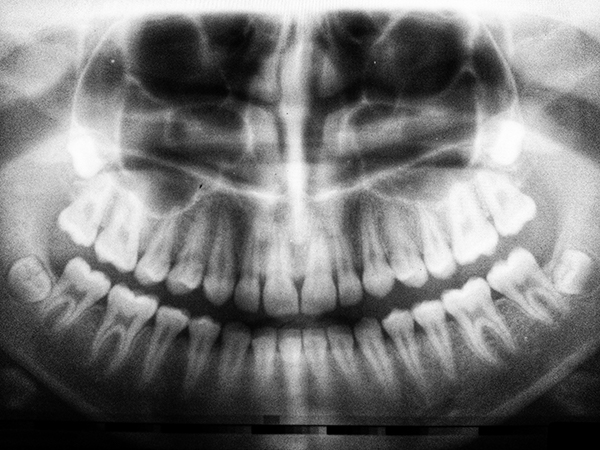An interesting article titled “Contrasting Patterns for Missing Third Molars in the United States and Sweden,” appears in the 2017 edition of the Journal of Oral and Maxillofacial Surgery written by Magraw et al. (vol. 75, pp. 1113-1117). The article seeks to compare the prevalence of wisdom teeth in different age populations among the United States of America and Sweden.
The authors wanted to look at data regarding the prevalence or absence of wisdom teeth in various populations. At the time of their study their were only two studies that they were aware of. The authors thus took data from these two studies for comparison purposes. Specifically the studies used were: 1) Hugoson et al. “The prevalence of third molars in a Swedish population. An epidemiological study,” Community Dent Health vol. 5, no. 121, 1988 and 2) Magraw et al. “Prevalence of visible third molars in the United States population: How many individuals have
third molars? J Oral Maxillofac Surg vol. 74, no. 13, 2016. The Swedish study in (1) took around 700 patients and the U.S. study in (2) took around 5,000 patients. The U.S. study was based off of the National Health and Nutrition Examination Survey (NHANES) which assess the health and nutritional status of adults an children in the United States.
The data was organized into the number of wisdom teeth by decade from 20 to 29 years up until 70 to 79 years. The authors found that 77% of Swedish individuals had all four wisdom teeth from 20 to 29 years while only 23% of American individuals had all four wisdom teeth form 20 to 29 years. However by the time someone is in the decade 40 to 49 years there were 16% of American individuals who had all four wisdom teeth where as only 8% of Swedish individuals had all four wisdom teeth. For the decade 60 to 60 years both Americans and Swedish individuals had all four wisdom teeth in only 7% of the populations. The authors found that 47% of American individuals had no wisdom teeth from 20 to 29 years old while only 2% of Swedish individuals had no wisdom teeth from 20 to 29 years old. For those individuals 50 to 59 years with no wisdom teeth this was 57% among the Swedish population and 53% among the American population.
The authors state
“The present data suggest a pattern in Scandinavian countries of third molars [wisdom teeth] being removed incrementally in multiple clinical visits across time…it is likely that many third molars [wisdom teeth] retained in Sweden in young individuals would eventually require removal…in the US 20- to 29-year-old cohort, all third molars [wisdom teeth] were removed at least half the time. Perhaps this reflects patient choice coupled with clinicians’ advice, anticipating that many third molars [wisdom teeth] would be nonfunctional secondary to incomplete eruption or become diseased over time.”
The authors did not have any data from the two studies to explain why the wisdom teeth were or were not removed. The authors also were not able to comment on which treatment pattern (if any) was better. The authors seem to indicate the plausible explanation for the differences among the Swedish and American populations with regards to having wisdom teeth or not is due to patient preferences or the clinicians’ approach to the problem based on surgical education. It is speculated by the authors that dentists and oral and maxillofacial surgeons in Sweden are not trained intravenous anesthesia which may prevent many patients in that country from wanting all four wisdom teeth extracted in one visit.

A glaring problem with the data and analysis as performed by the authors is that the data is about two decades apart which is pointed about by the authors. The authors suggest that in future it would be beneficial to collect data regarding the the reasons for removing wisdom teeth, if the extractions were performed by a specialist or generalist, and how the surgery was paid for such as with insurance or out-of-pocket. A glaring omission by the authors as to another possible explanation is that of group-think where people will set aside their own personal beliefs or adopt the opinion of the rest of the group. Thus if everyone else in a particular country such as Sweden or the U.S. in this case is seemingly doing something than perhaps that also influences the decision process.
